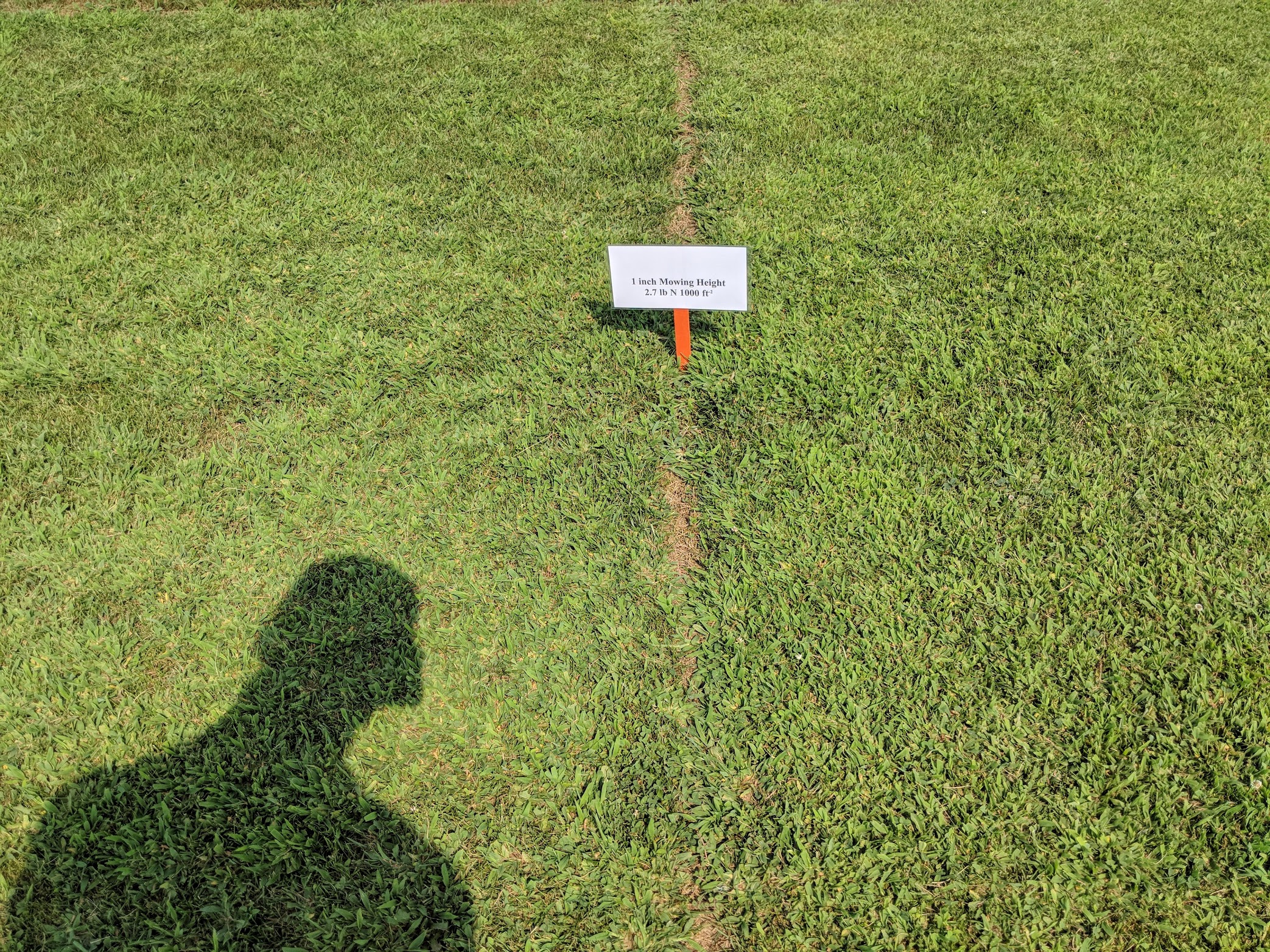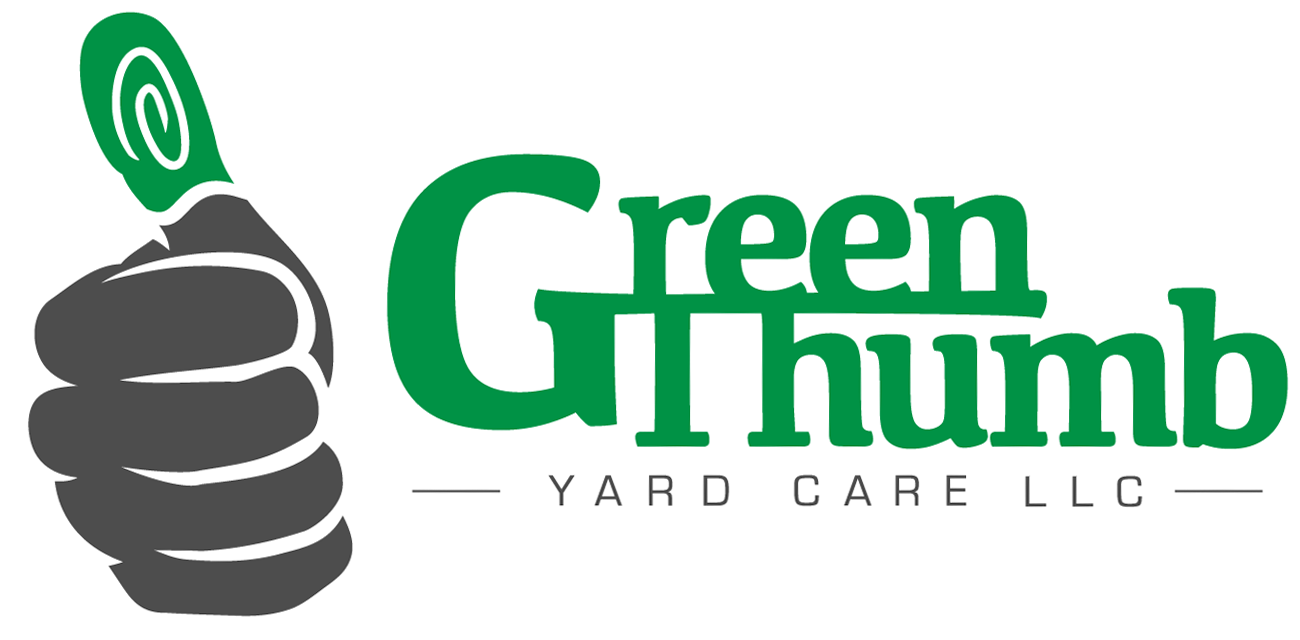What does Integrate Pest Management Mean for Green Thumb?
To us, IPM is a program intentionally designed to leverage tools and practices OTHER than pesticide applications to control unwanted species. Here are the deliberate practices that I implement to reduce pesticide use.
1. No Insecticides
Insecticides are designed to kill 6 legged creatures. This includes beneficial insects like pollinators! Not only that, but a lot of insecticides work by attacking the nervous system, a structure that humans and other mammals have. I don’t feel comfortable applying insecticides, and I do not think they should be used unless there is a severe pest problem.
2. Adopt the Right Mindset
Going into an IPM program with the right expectations is essential. First, there is NEVER going to be 100% control of weeds and pest. Second, there are going to be times where a pesticide application is necessary. Know that nothing is perfect. Through trial and error, we will be able to achieve better control of pests using fewer herbicides by implementing other strategies mentioned below.
3. Mow Responsibly
Mowing is an essential part of lawn care. It is the one practice that every homeowner is familiar with. So how do we adjust our style and method of mowing to decrease the number of weeds in your lawn?
Mowing height plays a dramatic role. Without going too deep into the science, taller grass = deeper roots. Deeper roots = healthier grass. Healthier grass can


The photos above were taken at the same time on the same day in the same 20ft x 20ft plot at the College Park turfgrass lab!
We also recycle our mower clippings. Recycling clippings provide more nutrients for the lawn. About 1/3 of the lawns nitrogen needs can be met just by recycling clippings! When the grass is getting the nutrients that it needs, it can fend off intrusive weeds.
4. Fertilize Properly
Giving grass the nutrients it needs to grow will dramatically decrease the number of weeds in the lawn. In order for this method to work though, there must be little to no weeds in the lawn at the time of fertilization. The science behind this practice and most others are the same. When grass is receiving the proper nutrients, it is able to grow better and fuller.
As a side note, we almost never use phosphorus fertilizer on lawns because
5. Reduce Stress
Reducing stress like traffic, mowing, and drought all help maintain a healthy lawn. In times of high stress, like summer or dry periods, we will often skip mowing. This allows the grass to use all of its available energy to grow, instead of repairing itself from a mowing or heavy foot traffic. In times of dryness, you can alleviate stress by watering your lawn.
6. Implement Secondary Practices
Performing less heard of services like aerating and overseeding is another way that we reduce the number of weeds growing in lawns without using herbicides. Aerating is a very beneficial practice that relieves soil compaction and allows the grass to get more nutrients and water directly to the roots.
Overseeding immediately after a fall aeration repopulates the lawn with desirable grasses that will grow thick and healthy next spring. A dense lawn has the ability to choke out new weeds that may encroach.
7. Use Pesticides Mindfully
Lastly, as I said, we do use herbicides. However, the ones used are chosen very intentionally. I like to choose pre-emergent herbicides and selective post-emergent herbicides that have a low toxicity in the spring. I will make one broadcast application to get a handle on the weeds before the season gets too far along. Other applications are spot treatments. This means that we only treat areas if the NEED attention, effectively reducing the
Choosing herbicides that have low toxicities, and applying them in the proper conditions is our responsibility. We also make sure that all herbicides are applied at the rates directed and using the methods as directed on the label.
Aeration or Renovation: Choosing the right service
Should I collect my leaves this Fall?
by danny | October 19, 2020 | Fall Clean Up | 0 Comments
In 2019, multiple customers had concerns about our leaf removal service. "Is it good to collect my leaves? Is it bad? Am I hurting the environment? Will this affect my aeration and overseeding? Are leaves good for my lawn? Can I leave leaves in the flower beds?" And...2019 Herbicide Program
Fertility Program 2019
by danny | March 4, 2019 | Fertilizer | 0 Comments
This article is intended to educate existing and prospective customers about our 2019 fertility program. This program is based on the needs of most central Maryland lawns. No phosphorus will be applied in our standard program. In the state of Maryland, it is actually...Should You Aerate This Spring?
Renewal Pruning
by danny | October 21, 2018 | Fall Clean Up, Pruning | 0 Comments
Renewal pruning is a term that some people may not be familiar with. Plants that have been neglected for long periods of time can become too overgrown to prune. Renewal pruning gives overgrown, uncared for plants a new life. Drastically cutting back the plant's size...Benefits of Spring Aerating
Buying the Best Grass Seed to Grow in Maryland Lawns
by danny | September 22, 2018 | Aeration, Responsible Landscaping | 0 Comments
Picking the right grass seed is crucial! It may seem like an easy task, and it is if you have some turfgrass knowledge. First, you need to know what type of seed you should buy. Then, you have to decide where to buy it. Last, make sure that you are buying the right...